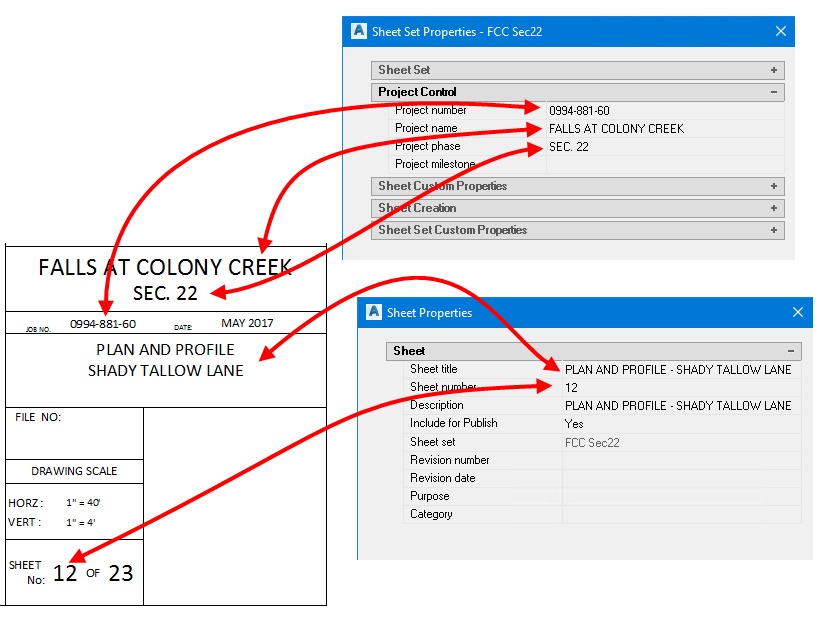
If you’ve been following along in this series, you should be experiencing the benefits of using Sheet Set Manager (SSM) without expending much effort on your end.
As Heidi has shown in the previous segments, whether it’s creating a Sheet Set or organizing one, it’s not very complicated. This is how my colleagues and I got started using SSM years ago. It allowed us to easily start working with sheets. Rather than waiting to learn and absorb all of the SSM features, we were able to start saving time by using it to organize and open files, and for printing and archiving. Even if this is all you have time for now—or all you think you want to do with Sheet Sets—stay tuned. It may surprise you how much more there is that can be done with them.
The next several posts on this topic are entitled “Becoming a Master of Sheet Sets” and they will start covering the Phase 2 of Sheet Set use. This second phase builds on top of what we have already learned. Your sheets are already organized for access and printing, now let’s add some intelligence to them.
Do you use external reference drawings in AutoCAD? If so, why? Probably because you want to have a single source for objects that will appear in multiple places in your design files. Keep that thought in mind as we work through Phase 2 of Sheet Set use. The Sheet Set file will be that database of information containing such data as the project name, project number, sheet names, sheet numbers, and much more. Then we will link this data to various annotation objects in your drawings.

It was no accident that Fields were introduced in AutoCAD at the same time as SSM, because SSM uses fields to link the data in the Sheet Set to the annotation objects in the drawing. Remember how we named and numbered the sheets in Phase 1? After you start using the techniques in Phase 2, you’ll no longer have to worry about those names and numbers being correct on the sheets.
Like Phase 1, Phase 2 will not take a lot of effort on your part — especially when you consider that, like many other things in the CAD world, you can reuse much of it for future projects. Phase 2 of the Sheet Set series will also set the table for moving into Phase 3, where we will link views to the sheet set and automate the reference callouts.
Get ready for the next installment to learn more! Remember, you can always catch up on the entire Mastering AutoCAD Sheet Sets series!


